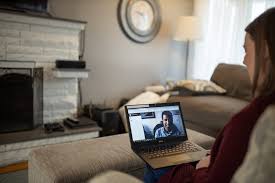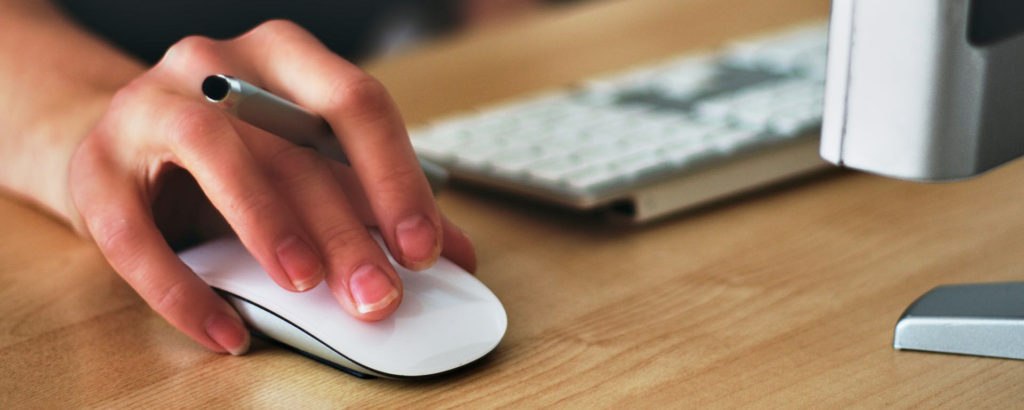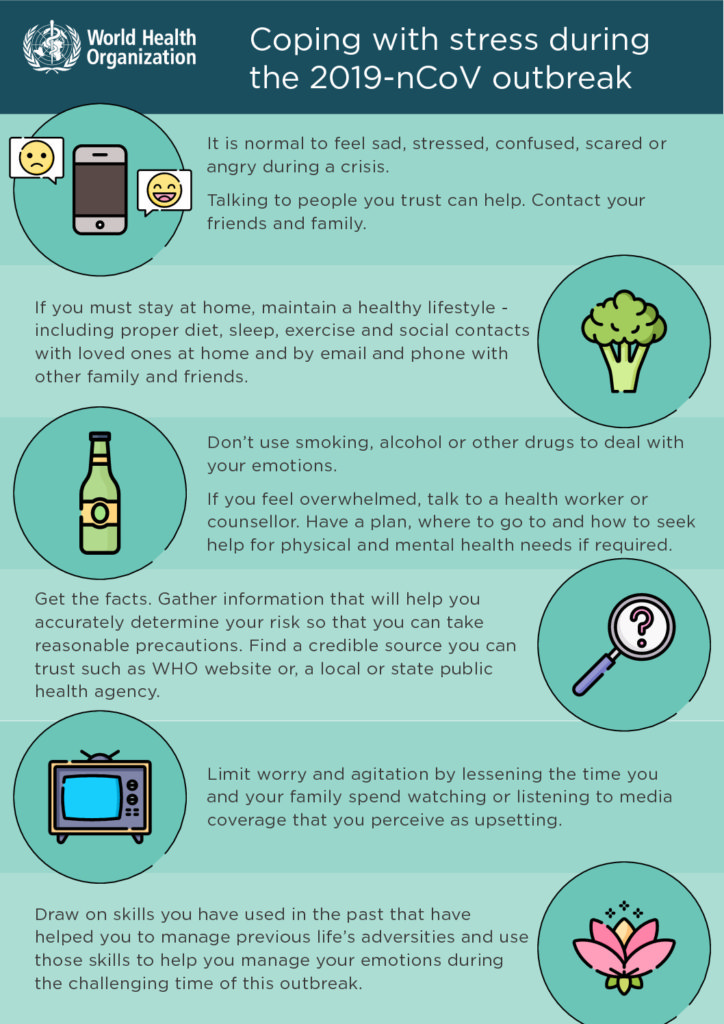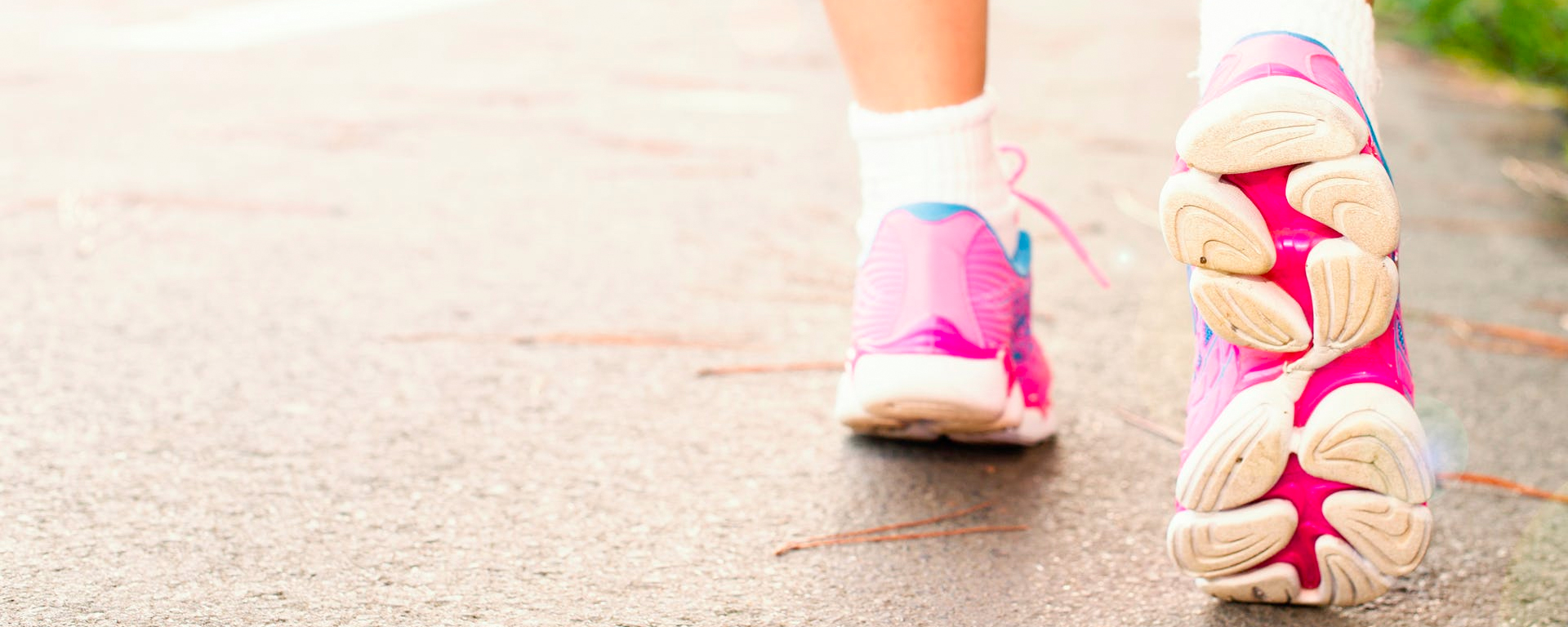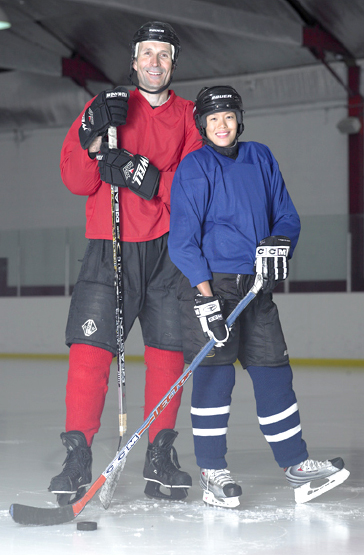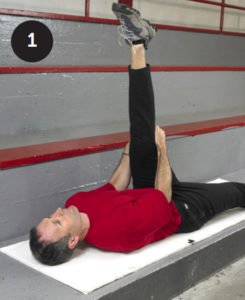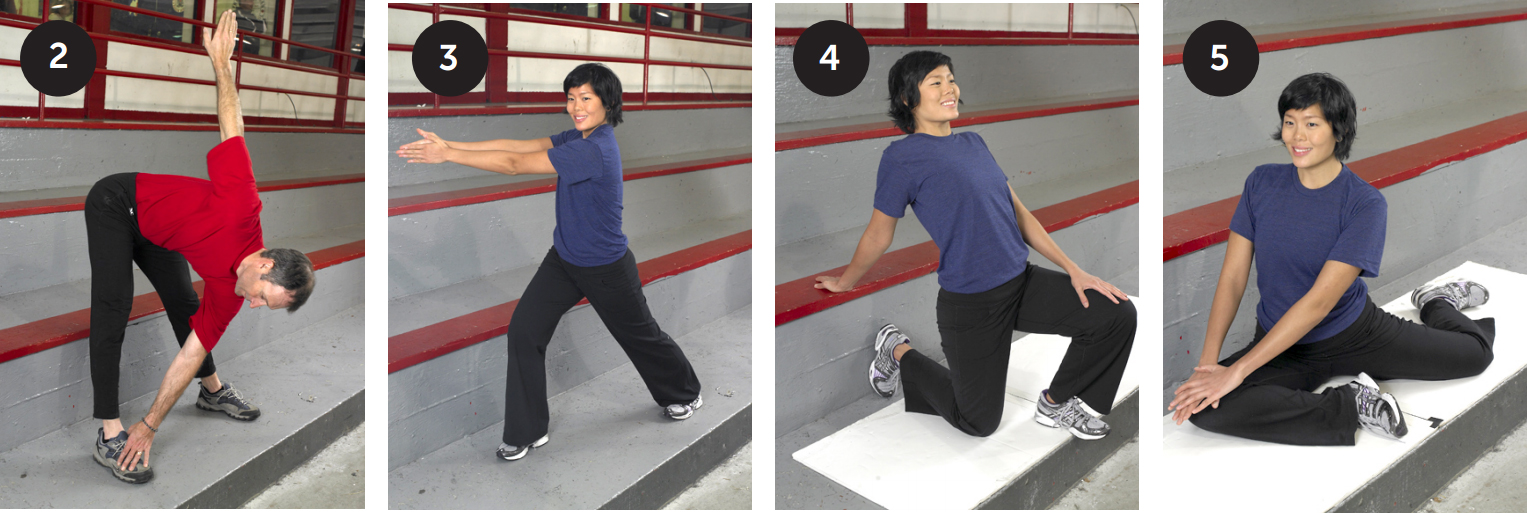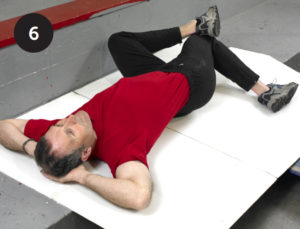Backpack Safety 101
Carrying a heavy load that is unevenly or improperly distributed can result in poor posture and even distort your spinal column. This impact can throw your spine out of alignment, causing muscle strain, headaches, back, neck, arm pain, and even nerve damage. Prevention is key – teach your child how to properly use their backpacks and help them avoid an injury!
Choose the right backpack:
Go for lightweight vinyl or canvas material. Pick a pack that has two wide, adjustable, padded shoulder straps along with a padded back. The pack should also have a hip or waist strap with plenty of pockets.
Pack it properly:
Make sure your child’s pack contains only what they need for that day and that the weight is evenly distributed. The total weight of the filled pack should not be more than 10-15%t of your child’s body weight.
Put it on safely:
Put the pack on a flat surface, at waist height. Have your child slip on the pack one shoulder at a time and then adjust the straps to fit comfortably.
Wear it right:
Make sure your child uses both shoulder straps and ensure the pack is adjusted to fit snugly to their body, without dangling to the side. You should be able to slide your hand between the backpack and your child’s back.
More than 50% of young people experience at least one episode of low back pain by their teenage years. Research indicates one cause is improper use of backpacks. So, pack it light and wear it right!
If your child is experiencing back pain, consult a Chiropractor or other healthcare professional. They will help assess your child’s specific needs and identify a care plan that’s right for them.
Author: Dr. Marco De Ciantis, D.C

